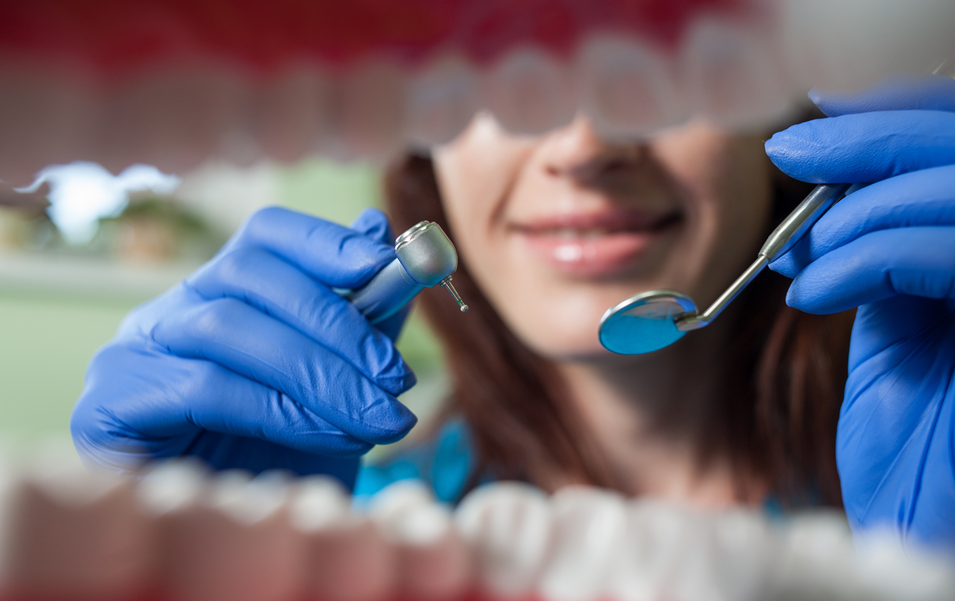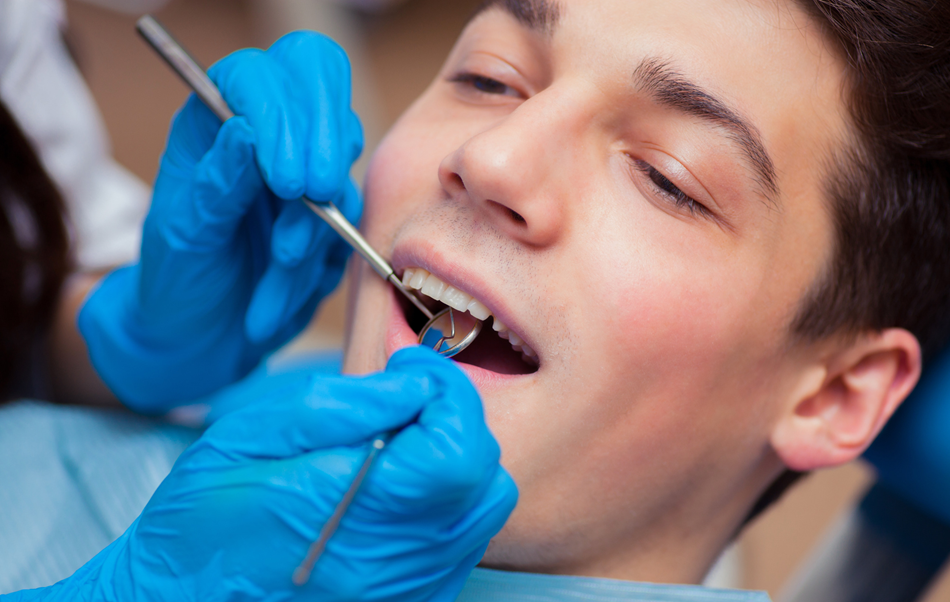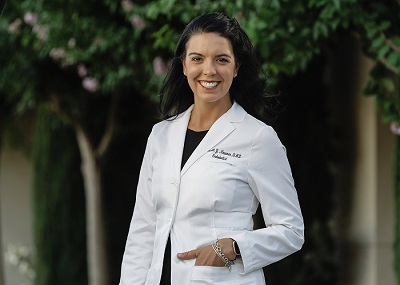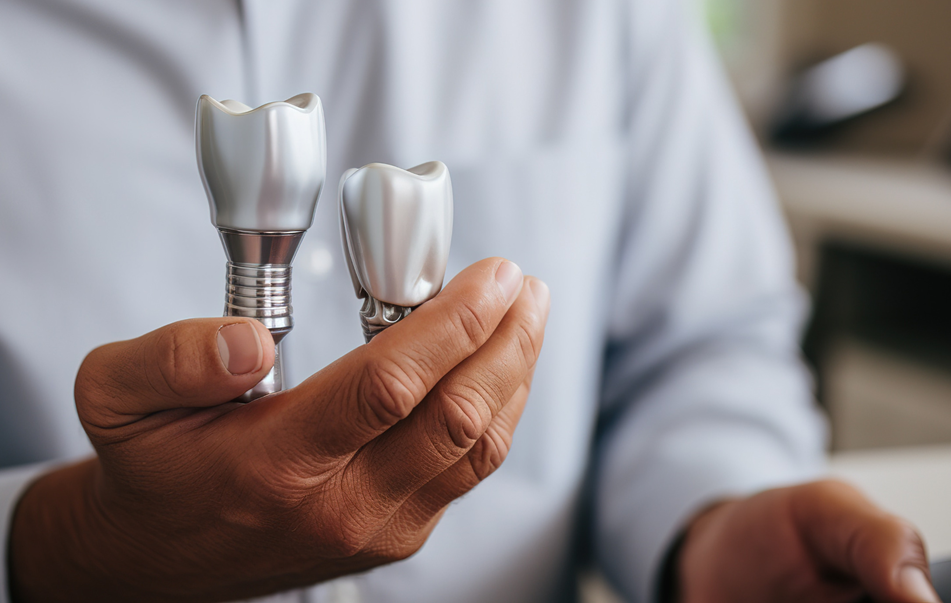Unlocking the Hidden Power of Wisdom Teeth: The Future of Stem Cell Medicine
Every year, millions of wisdom teeth are extracted and discarded—yet few realize the biological treasure they hold within. These third molars, often dismissed as useless, contain dental pulp rich in powerful stem cells. Scientists now believe this “medical gold” could revolutionize the treatment of serious diseases, from neurological disorders to heart conditions.
Wisdom Teeth: A Surprising Source of Healing
Inside every wisdom tooth lies a soft core called dental pulp, a living tissue filled with stem cells capable of transforming into bone, cartilage, nerve cells, and even heart muscle. Researchers have successfully coaxed these cells into functioning neuron-like cells that fire electrical signals—an essential step for repairing damaged brain circuits.
A New Era in Regenerative Medicine
These pulp-resident cells are especially valuable because they’re typically harvested from teenagers and young adults—an age when the cells are still robust, rapidly dividing, and genetically stable. Unlike embryonic stem cells, dental stem cells come with minimal ethical concerns since they’re derived from tissue that would otherwise be thrown away.
As more studies highlight their regenerative potential, services have emerged offering specialized preservation kits. These kits ensure extracted teeth are safely transported to labs where the pulp is processed and cryopreserved for future medical use.
Real Potential in Real Conditions
-
Parkinson’s Disease: Preclinical trials show dental stem cells may help restore dopamine-producing neurons.
-
Alzheimer’s Disease: These cells produce neuroprotective factors that may reduce brain inflammation and clear toxic plaques.
-
Heart Failure: Experiments in mice have shown improved heart function after treatment with dental-pulp derived cells.
-
Orthopedic Applications: The cells mimic natural cartilage, opening new doors for joint and bone regeneration.
Building Your Personal Stem Cell Bank
Preserving your own dental stem cells provides a future-ready source of personalized therapy—no donor match required. The extraction and storage process is straightforward and typically completed within 24 hours of tooth removal. While initial costs are comparable to cord-blood banking, the benefits could span decades, as adult stem cell lines can be expanded multiple times for different therapies.
Looking Ahead: Accessibility and Equity
As the science matures, there are ongoing efforts to ensure that stem cell banking isn’t limited to the wealthy. Calls for public biobanks and potential insurance-backed incentives are gaining traction, with the aim of making these therapies widely accessible.
What was once seen as a nuisance tooth may hold the key to healing the brain, heart, and joints. So before you toss those molars away, think twice—your wisdom teeth might just be your personal gateway to future medical breakthroughs.
Stem cell research from dental pulp is opening up vast possibilities in personalized medicine. Keep an eye on this emerging field—tomorrow’s treatments may begin with today’s extractions
Trending News
-

New Device Detects Gingivitis Early Admin
-

Non Toxic Dental Fillings : BPA, BHT, HMBP, DPCL, TPSb, HEMA, TEGDMA Free Admin
-

The Benefits of Eating Fish for Your Teeth and Gums Admin
-

Why Root Canals Fail? | The Usual Suspects Meredith Y. Newman Endodontist Fresno
-

Exploring Dental Implants as a Tooth Replacement Option Admin
